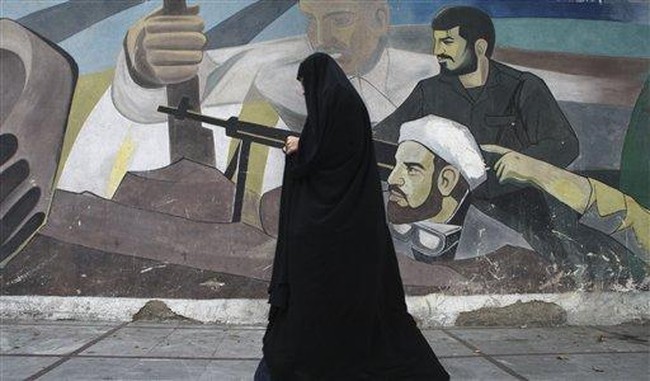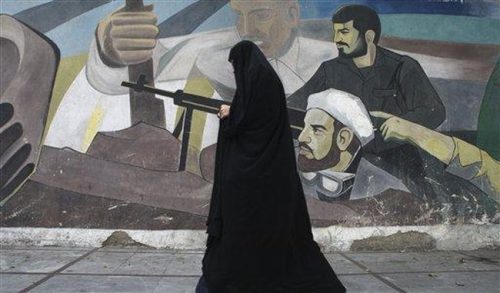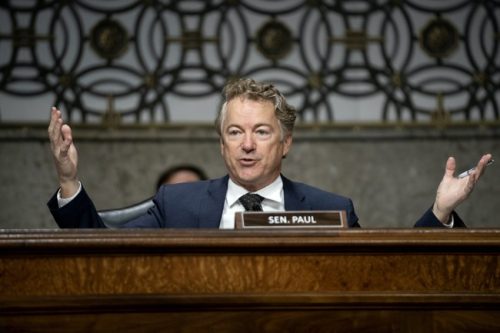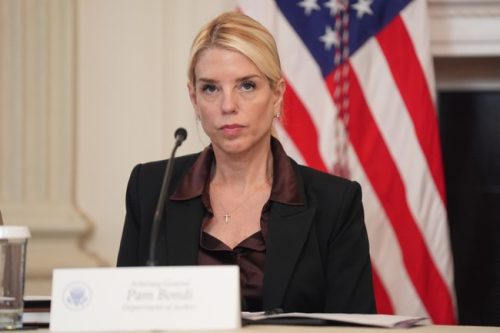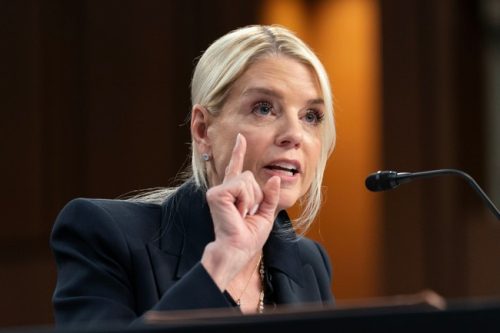This piece examines how the Islamic Revolution reshaped lives, why many on the Left misread that reality, and what the shift meant for women, minorities, and dissidents. It traces how post-1979 Iran and theocratic regimes enforced harsh social controls, displaced millions, and carried out state violence. The article also connects those historical facts to modern debates about tolerance, ideology, and immigration, using specific numbers and documented rulings to ground the argument. Expect clear examples and direct language about the stakes involved.
There is a real and persistent cultural conflict playing out between liberal Western elites and theocrats in parts of the Muslim world, and it is not merely a matter of religion versus secularism. Over the past 25 years since 9/11, that conflict has been downplayed or misinterpreted by many progressives who treat the issue as if it were only about tolerance. The stakes are concrete: laws, institutions, and the rights of women and minority groups are at issue.
Too many on the Left have adopted a posture that excuses or minimizes theocratic repression because it fits a narrative of opposing Western or Christian domination. They treat criticism of certain Islamist practices as bigotry rather than a defense of individual rights. “There is no such thing as Islamophobia, of course.” That line captures a posture that refuses to confront how certain ideologies operate in practice.
Look at Iran for clear examples of what happens when a revolution installs a clerical regime. Pre-1979, roughly half a million Iranian-born people lived abroad; today that number is over three million. Within months of Ayatollah Khomeini’s rise, women were forced into the hijab and the Family Protection Law was suspended, stripping women of many legal protections and rights they previously had.
The rollback was not just symbolic. Women “lost the right to sue for divorce, the age of marriage for girls was reduced from eighteen to nine, child custody was automatically granted to the husband, and the family courts were abolished. Moreover, women were barred from serving as judges in any court in the justice system.” Those are concrete losses that affected everyday life, education, and personal autonomy for millions.
Public life became rigidly policed: gender segregation in workplaces limited access to teachers and subjects for girls, public interactions between men and women were criminalized unless they were family, and a morality police emerged to enforce dress and behavior codes. The enforcement has been violent and ongoing, with arrests and beatings for offenses as small as walking in public with uncovered hair.
Girl in the front was executed.
Girl in the back fled to Sweden where she lives in exile to this day.
They both actively worked towards and celebrated their own demise.
I am begging the West to stop thinking this could never happen to you, because it can and it 100% will. https://t.co/c3jewoGzrR
— 𝐍𝐢𝐨𝐡 𝐁𝐞𝐫𝐠 ♛ ✡︎ (@NiohBerg) October 28, 2025
The regime also carried out mass political violence. In 1988, Khomeini issued a fatwa that led to the deaths of thousands of political prisoners, many of them the very progressives who helped remove the monarchy. In 2016 leaked audio from Ayatollah Hossein Ali Montazeri described those killings as “the biggest crime in the Islamic Republic.” That phrase, preserved in the record, underlines the scale of the state-sponsored brutality.
Afghanistan provides a second, sobering example of how theocratic rule treats women and minorities. Under Taliban control, women were barred from many workplaces, denied full access to education and healthcare, and subject to public silencing and punitive enforcement for what the regime deems moral violations. These are not abstract warnings; they are active policies that reshape whole societies.
Some Western progressives once supported these movements as anti-monarchist or anti-imperialist, believing they would bring justice or modernity. The reality for many supporters was far different: for some it meant exile, and for others it meant death. One woman may have escaped and another may have been killed as a direct result of theocratic rule; the human costs are not hypothetical.
The modern political takeaway is uncomfortable for those who equate tolerance with appeasement. Embracing regimes or ideologies that place religious law over individual rights has predictable consequences for women, gays, and political dissenters. Voices in public life who describe homosexuality as a “disease of society” and call for the harshest punishments illustrate how incompatible certain theocratic doctrines are with basic American liberties.
These historical episodes and current beliefs should force a tougher conversation about what we tolerate in the name of multiculturalism. When ideology endorses or enables gender oppression, political executions, and systemic exile, the cost is born by the most vulnerable. The lesson is not a call to blanket hostility toward individuals of faith, but a clear-eyed defense of rights against theocratic governance.

